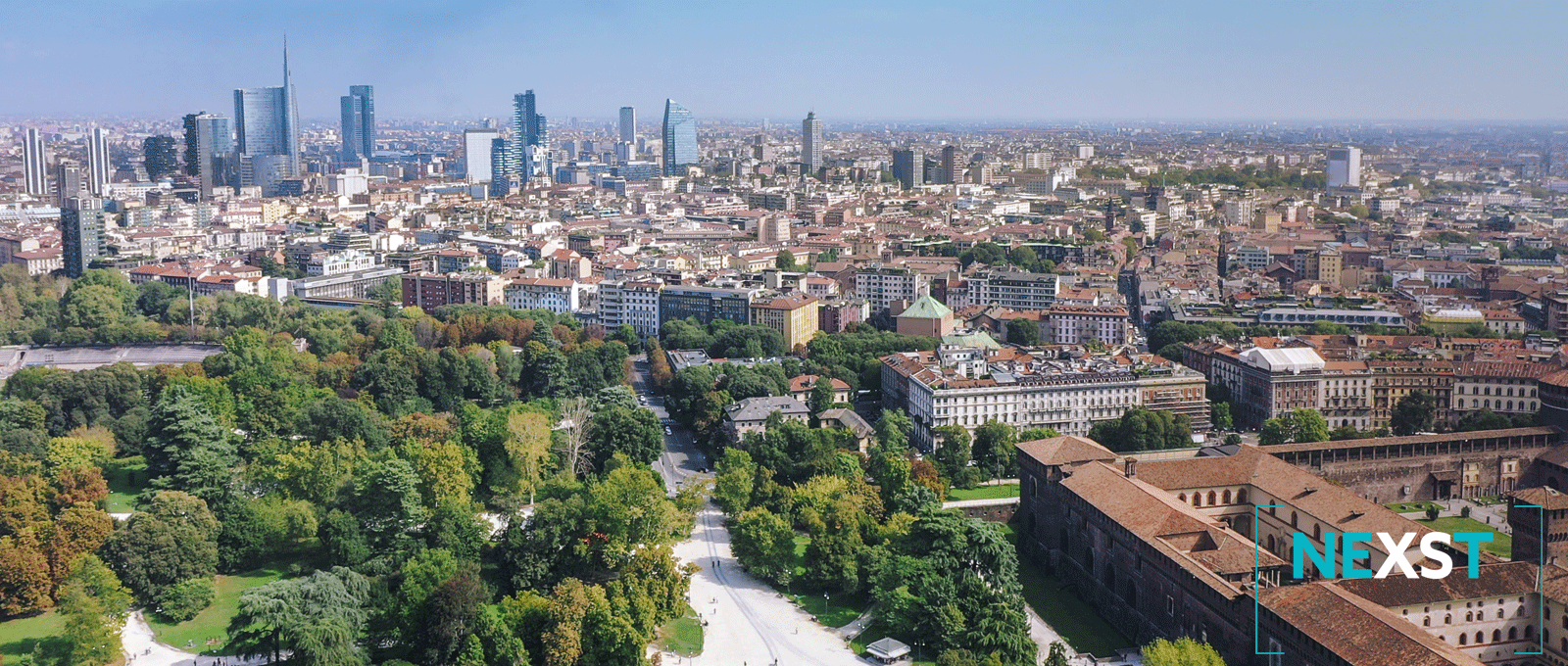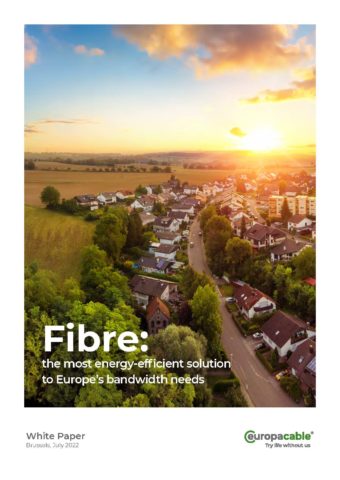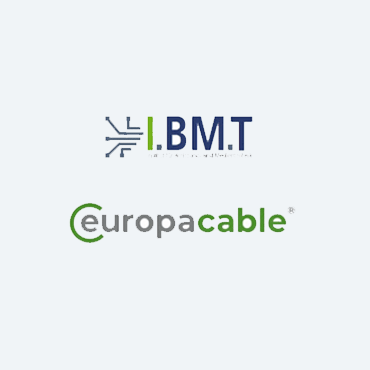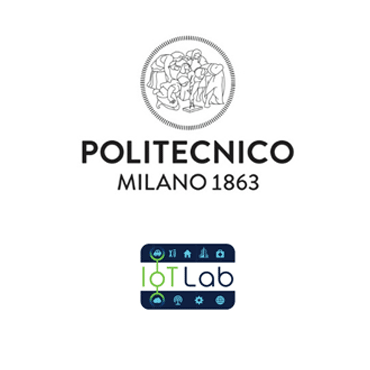The Whitepaper builds on three studies commissioned by Europacable, the voice of Europe’s leading wire and cable manufacturers. It studies the efficiency gains of fibre compared to other technologies for multiple network types. It is intended to help consider and assess the energy requirements of different broadband access technologies and act as an important basis for discussion with stakeholders.
As demand for bandwidth and the number of connected devices continue to skyrocket, fibre will be key to saving energy and empowering Europe’s digital connectivity. The two studies referenced in the document clearly demonstrate the vast energy saving potential of fibre, across all practical and realistic rollout scenarios for fibre and wireless networks.
The key conclusion of the report: fibre significantly saves energy while significantly boosting bandwidth. Fibre consumes more than three less energy than other solutions across a wide range of real-life scenarios, at every stage of its lifecycle. Fibre not only consumes a relatively small amount of resources but can also enable energy efficiency in other areas.
Furthermore, laying down fibre to access points benefits the upgradability and flexibility of networks, ensuring these will meet future needs. As shown by the studies, fibre is the most energy-efficient means of transmission and offers a vast amount of spectrum that can be lit on demand by activating active equipment at the end points, from fixed networks to mobile front/back/midhaul.
“Indeed, the results of all different fixed access networks and fixed wireless access networks studies have clearly demonstrated the superior power efficiency of the fibre-based networks”, says Jan Schindler, Global Market Intelligence Manager at Prysmian Group, who was closely involved in the study.









